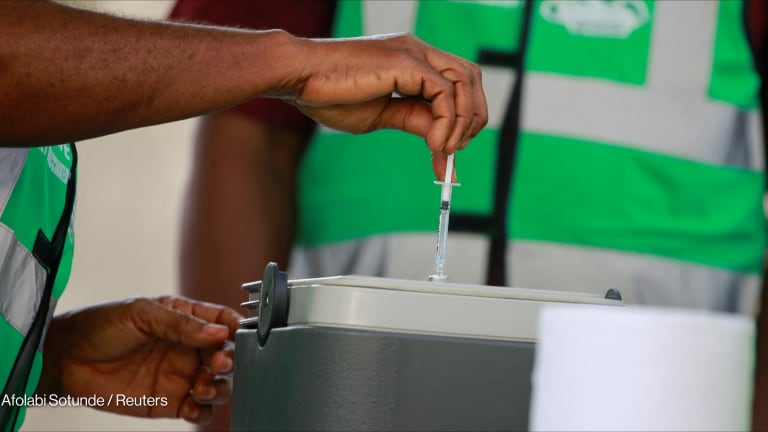The World Health Organization only declared the end of the global COVID-19 emergency a few weeks ago, but discussions of how to ensure equitable access to medical products during future pandemics have been happening for months.
In February, WHO launched a design and consultation process for a platform to combat pandemics. The aim is to ensure that when a new health threat emerges, there will be a platform ready to coordinate access to lifesaving medical products, or what the global health community has dubbed “medical countermeasures.” The goal is for it to operate on day zero of a pandemic — but that can be adjusted to the outcomes of a pandemic agreement, which is still under negotiations and will be considered at the 2024 World Health Assembly.
Outbreaks are occurring left and right, including the H5N1 avian flu, which has killed thousands of birds and mammals, and infected three humans so far this year in the Western Pacific region. The death of an 11-year-old girl in Cambodia in February raised concerns of what might happen if widespread human-to-human transmission were to occur, given that there are currently no systems in place to coordinate a global response.








